Who Is It Intended For?
The Video Atlas was originally intended to be used by individual medical and dental students. Because of its realism, simple language, and three-dimensional quality, the Video Atlas has become popular with students and teachers in many other fields and also with people not on a professional learning path who are looking for information about human anatomy.
Medical and dental students.
In first-year studies, the Video Atlas is productive and time efficient as a preview, as an adjunct to dissection, and as a review tool. It is also helpful for students who need to re-learn clinically relevant anatomy for their surgical rotations. Since surgeons in training must re-learn anatomy at many stages in their careers the Video Atlas is popular with interns and residents in surgical specialties.
Medical practitioners.
Practicing surgeons and physicians value the Video Atlas as a quick way to renew their anatomical knowledge, and also as a way to help their patients understand an ailment, injury, or procedure.
Allied Health students.
The Video Atlas is widely used by students and teachers in nursing, physical and occupational therapy, kinesiology, and massage therapy. For students who don’t have access to dissection facilities, the Video Atlas provides an appreciation of the real human body and a direct understanding of the mechanics of body movement.
Secondary and undergraduate students.
The Video Atlas is used in many high school and undergraduate anatomy classes. The videos can be understood without any prior knowledge of anatomy. The narration is delivered in simple, everyday language, apart from the necessary use of the anatomical names of structures.
Non-medical users.
The Video Atlas provides an accessible source of knowledge for individuals who have a need-to-know interest in human structure, including designers, artists, athletes, home-schoolers, and those who have concerns related to their own well being.

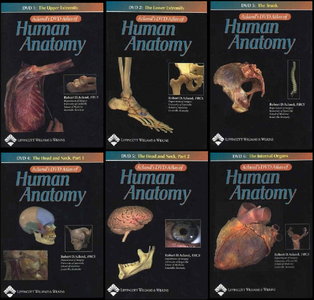
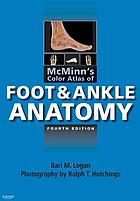

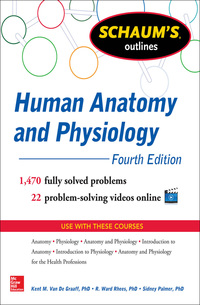
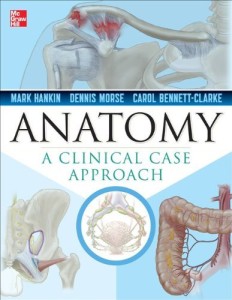
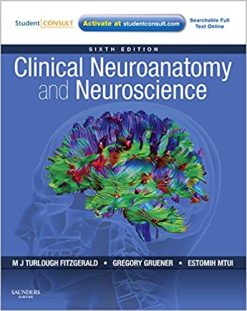

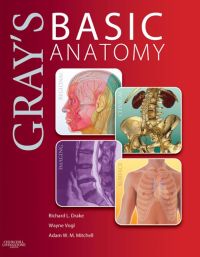
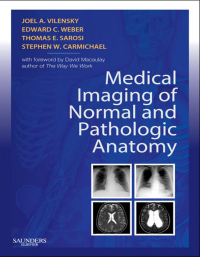
Reviews
There are no reviews yet.